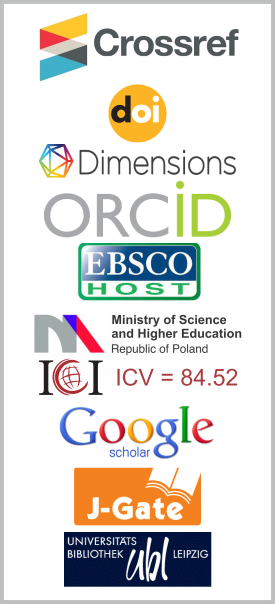Reviewing the Green Building Concepts Along With the Applications of AI and IoT for Environmental Monitoring and Designing Sustainable Infrastructures
DOI:
https://doi.org/10.26713/jims.v17i1.3056Abstract
This academic article explores the ever-evolving field of smart green building technologies, with a particular emphasis on the ways in which artificial intelligence (AI) and Internet of Things (IoT) are integrated into and affect sustainable architecture. The study is based on background of changing green building principles, which are highlighted by rapid development of smart technologies that are changing face of contemporary architecture. With goal of comprehending how AI and IoT might improve building performance and sustainability with simultaneous reduction in carbon footprints, the study takes a methodological approach that is based on a thorough assessment of the literature and qualitative analysis. It looks at how AI and IoT work together, how difficult it is to deploy them, how they affect society and environment, how much it will cost to invest in these technologies. The primary conclusions show that combining AI and IoT improves building performance, increases energy efficiency, promoting environmental sustainability. The study showcases cutting-edge IoT building management technologies and to create more sustainable and effective living environments. It also notes impediments to the uptake of these technologies, such as financial limitations and the requirement for highly qualified personnel. In summary, the study suggests a multimodal strategy to address these issues, with a focus on legislative changes, educational programs, and creation of affordable green building technologies. In-depth investigation of AI and IoT integration in sustainable building designs is presented in this study, along with insights into how these technologies may transform the construction sector and advance sustainable urban development.
Downloads
Downloads
Published
How to Cite
Issue
Section
License
Authors who publish with this journal agree to the following terms:- Authors retain copyright and grant the journal right of first publication with the work simultaneously licensed under a CCAL that allows others to share the work with an acknowledgement of the work's authorship and initial publication in this journal.
- Authors are able to enter into separate, additional contractual arrangements for the non-exclusive distribution of the journal's published version of the work (e.g., post it to an institutional repository or publish it in a book), with an acknowledgement of its initial publication in this journal.
- Authors are permitted and encouraged to post their work online (e.g., in institutional repositories or on their website) prior to and during the submission process, as it can lead to productive exchanges, as well as earlier and greater citation of published work.




